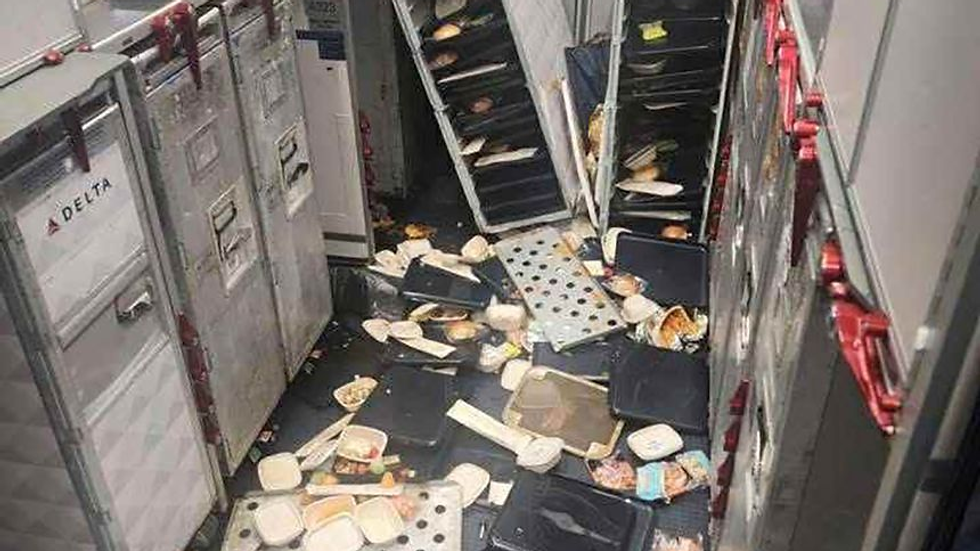Understanding Turbulence: The Hidden Dangers of Air Travel
- satturabhinav
- Sep 14
- 2 min read
Updated: 3 days ago

The Frequency of Turbulence Incidents
According to a 2024 study, aircraft encounter moderate to severe turbulence 68,000 times every year. Turbulence is defined as an irregular motion of the air caused by eddies and vertical currents. It is often linked to weather events such as fronts, wind shear, and thunderstorms.
Aircraft are equipped with sophisticated weather radar systems. These systems can successfully predict around 75% of turbulence up to 18 hours ahead. However, not all turbulence is predictable. Clear air turbulence, which occurs in clear skies near jet streams, is invisible to radar. This makes it particularly difficult to detect.
The Dangers of Clear Air Turbulence
Clear air turbulence is especially dangerous. It accounts for the majority of turbulence-related injuries. These injuries can range from nausea to serious damage, including bone and spine injuries, and even death.
Last year, a Singapore Airlines flight from London encountered severe turbulence. This incident resulted in 31 injuries and one fatality. More recently, Delta Flight 56, en route from Salt Lake City to Amsterdam, had to divert due to severe air turbulence. This event left 25 people injured, with several requiring hospitalization.
Why Are Turbulence Incidents Increasing?
The question we must ask is, why are these incidents becoming more frequent? Climate change is a significant factor. It is increasing the temperature difference between warm and cold air masses. This collision forms the jet stream in the upper atmosphere, leading to more instances of clear air turbulence.
To combat this issue, scientists are experimenting with LIDAR, a laser detection technology. This technology aims to adequately warn pilots, giving them time to secure the cabin. Currently, experiments are ongoing with the European Space Agency and Airbus to implement LIDAR in commercial-grade systems. It is predicted that this technology will be in use by 2031.
Future of Air Travel Safety
The implementation of advanced technologies like LIDAR could revolutionize air travel safety. By providing real-time data on turbulence, pilots can make informed decisions. This will help minimize injuries during flights.
As we look ahead, it is essential to continue investing in research and technology. This will ensure that air travel remains one of the safest modes of transportation.
Conclusion
In conclusion, turbulence is a common yet often misunderstood aspect of air travel. With climate change contributing to its frequency, understanding and addressing this issue is crucial. The advancements in technology, such as LIDAR, offer hope for a safer flying experience in the future.
For more information on air travel safety, visit this link.




Comments